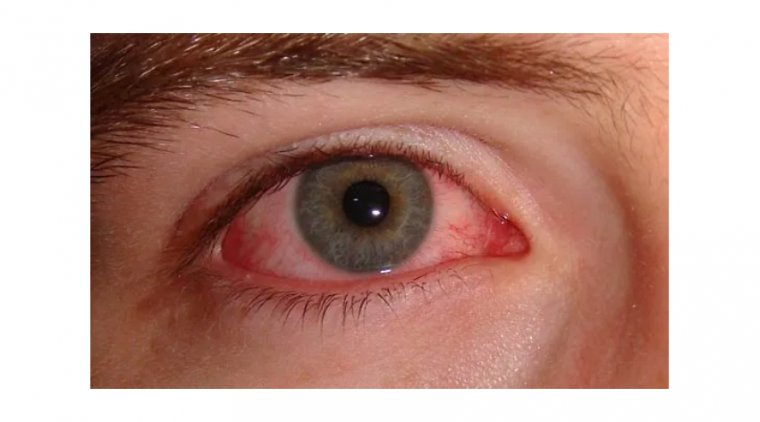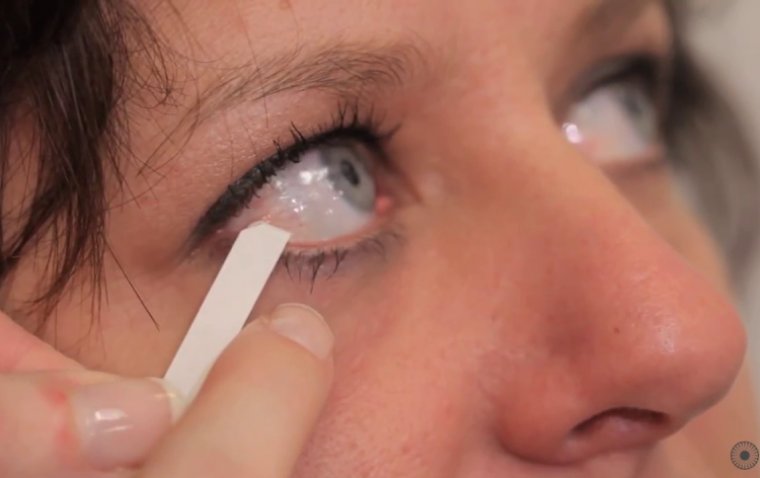
2023 Recap: Top 15 First-Evers in Ophthalmology
In a year marked by groundbreaking achievements, the field of ophthalmology witnessed a series of historic firsts, pushing the boundaries of innovation and patient care. Here are the noteworthy milestones:
1. World's First Calibreye System Implanted into a Glaucoma Patient

Pioneering the integration of technology into glaucoma management, the world's first Calibreye System was successfully employed in a glaucoma patient. This cutting-edge system aims to provide precise and tailored treatment strategies, heralding a new era in individualized glaucoma care.
The Calibreye System, developed by Myra Vision, stands out as a revolutionary device with the capacity to transform glaucoma management, introducing unprecedented advancements in the realm of ophthalmology. Meticulously designed, this remarkable system is tailored to provide specialists with precise manual control over the titratable outflow in glaucoma patients. This innovation perfectly aligns with the individualized treatment plans crafted for each patient, offering a level of control and customization previously unseen in the field.
Click here to read the full article.
2. FDA Approves World's First and Only Handheld Corneal Esthesiometer
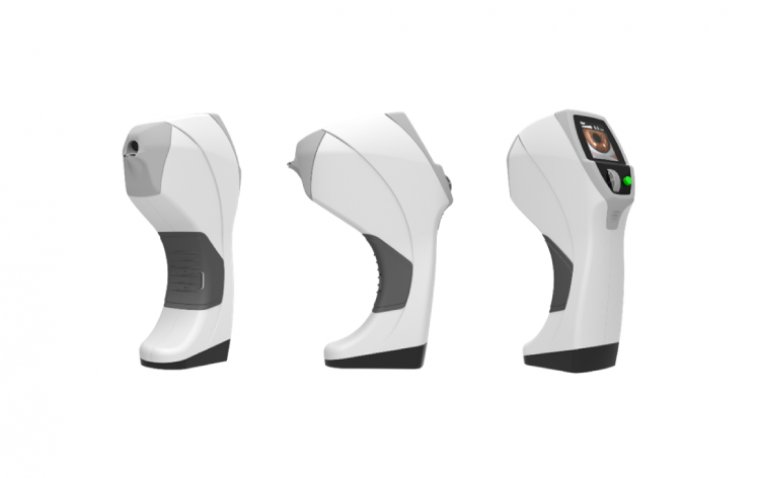
The FDA approval of the world's first and only handheld corneal esthesiometer marked a significant achievement in assessing corneal sensitivity. This handheld device offers a practical and efficient means of evaluating corneal health, facilitating better diagnostics and patient care.
The device, developed by Brill Engines, empowers ophthalmologists to distinguish between stages of conditions such as neurotrophic keratitis, diabetic keratitis, and dry eye. It facilitates the monitoring of patients who have undergone refractive surgery or corneal transplants, along with individuals who wear contact lenses.
Click here to read the full article.
3. Medical Breakthrough: World's First Whole Eye and Partial Face Transplant 
A remarkable medical feat, the world's first whole eye and partial face transplant was successfully performed, offering new hope to individuals with severe facial injuries. The procedure, conducted in 2023, showcased the potential for advanced reconstructive surgery to restore vision and facial features simultaneously.
In a 21-hour surgery conducted in May 2023, the medical team accomplished a significant feat by transplanting the complete left eye and a portion of the face from a donor to Mr. James. This represents the inaugural occurrence of a comprehensive human whole-eye transplant coupled with a partial facial transplant.
Click here to read the full article.
4. Waterloo University Develops First Drug to Battle AMD and DME

A major breakthrough in retinal diseases, Waterloo University pioneered the development of the first drug designed to combat both Age-Related Macular Degeneration (AMD) and Diabetic Macular Edema (DME). This dual-action medication holds great promise for patients dealing with these prevalent sight-threatening conditions.
The innovative antibody stimulates the Wnt-signaling network, a set of proteins that convey information into cells via surface receptors such as frizzled receptors (FZD). By enhancing blood vessel integrity in the eye, the medication efficiently prevents fluid accumulation in the retina, offering the possibility of improved vision for individuals dealing with AMD or DME.
Click here to read the full article.
5. Scientists Develop First Smart IOL That Can Diagnose Alzheimer's Disease

Merging ophthalmology with neurology, scientists developed the world's first Smart Intraocular Lens (IOL) capable of diagnosing Alzheimer's disease. This innovative intersection of disciplines holds the potential to revolutionize early detection and intervention for neurodegenerative conditions.
Upon interaction with the target biomarker, the hydrogel pattern, bound with the antibody, undergoes contraction. Detection of the target biomarker is achieved through variations in the moiré signal. This signal is produced when the contracting hydrogel pattern overlaps with the specified reference grid. Utilizing the moiré signal allows for a considerably heightened sensitivity in detection compared to methods directly gauging changes in the hydrogel pattern.
6. Singapore Zoo Performs World's First Custom Eye Lens Surgery on Elderly Penguins

Extending medical innovations to the animal kingdom, the Mandai Wildlife Group achieved a milestone by performing the world's first custom eye lens surgery on elderly penguins. This pioneering veterinary ophthalmology procedure underscores the commitment to advancing eye care across species.
According to an announcement from the Mandai Wildlife Group, six senior penguins underwent successful cataract surgery in December 2022, with each of them achieving complete recovery. Among the group were three king penguins, aged 20 years or older, and three Humboldt penguins, ranging between 7 and 13 years old. These penguins are residents of Singapore's Bird Paradise.
Click here to read the full article.
7. Research Team Develops World’s First AI Foundation Model for Eye Care
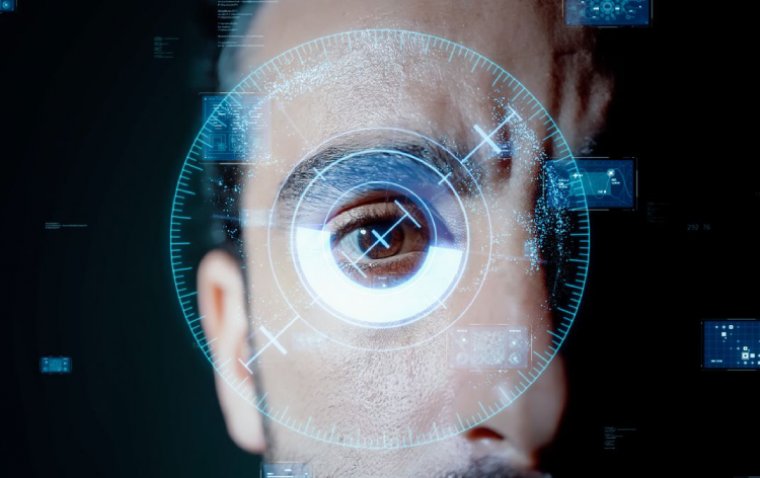
Researchers at Moorfields Eye Hospital and UCL Institute of Ophthalmology have unveiled a groundbreaking artificial intelligence (AI) system named RETFound. Distinguished as one of the first AI foundation models in healthcare and the first in ophthalmology, RETFound demonstrates remarkable potential for tthe identification of sight-threatening eye diseases.
In a significant step towards advancing global healthcare, the researchers have opted to release this system as open-source, providing free access to institutions worldwide. This initiative seeks to establish a fundamental framework for the global efforts in utilizing AI for the detection and management of blindness.
Click here to read the full article.
8. World’s First Synthetic, Non-Degradable Tissue Receives FDA Clearance

A pioneering milestone in ophthalmic surgery has been achieved with the FDA's clearance of CorNeat Vision's EverPatch, the world's first synthetic, non-degradable tissue-integrating matrix designed for ocular procedures. This revolutionary implant, composed of a non-woven polymer matrix, has garnered attention for its capacity to seamlessly integrate with surrounding tissue, particularly reinforcing the sclera and facilitating the physical reconstruction of the ocular surface.
Designed to potentially supplant the use of donor and processed tissue in ocular surgeries, the CorNeat EverPatch strives to reduce the risk of disease transmission commonly linked to traditional methods.
9. Researchers Discover the Molecular Age of the Eye for the First Time

A team of researchers has mapped nearly 6,000 proteins sourced from diverse cell types within the eye, using small samples of eye fluid routinely collected during surgical procedures. The scientists employed an innovative approach to understanding the intricate molecular composition. Utilizing an artificial intelligence model, the researchers successfully devised a "proteomic clock" from this wealth of data.
The findings indicate that certain cell types undergo accelerated aging in conditions like diabetic retinopathy and uveitis. Notably, the researchers detected proteins linked to Parkinson's disease in the eye fluid, suggesting a potential pathway for early diagnoses of Parkinson's disease.
Click here to read the full article.
10. Micro Labs Launches World's First Triple Drug FDC for Glaucoma
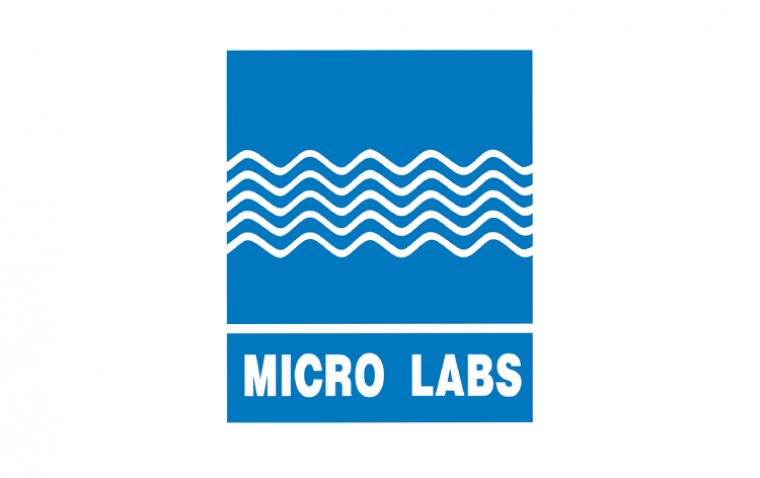
Bengaluru-based Micro Labs has introduced Trisopt, the world's inaugural fixed-dose combination (FDC) ophthalmic suspension featuring Brimonidine, Timolol, and Brinzolamide, tailored for glaucoma management. This groundbreaking drug is produced at Micro Labs' state-of-the-art facility in Sikkim.
In India, glaucoma persists as a major contributor to irreversible blindness, impacting numerous lives. The plight of glaucoma patients is exacerbated by the need for multiple eye drops to hinder disease advancement, leading to the added challenge of handling the associated elevated therapy expenses.
Click here to read the full article.
11. First Topical Treatment for Diabetic Retinal Diseases

Exonate Ltd. reported positive outcomes for its primary ophthalmology candidate, EXN407, in a phase Ib/IIa study targeting diabetic retinopathy and diabetic macular edema. Evaluating the first topical drug for diabetic eye diseases, the trial showcased EXN407's notable safety profile, favorable pharmacokinetics, and promising indicators of biological efficacy.
Significantly, Exonate has reacquired exclusive rights to its entire ophthalmology portfolio from Janssen Pharmaceuticals, Inc., a Johnson & Johnson subsidiary, marking a strategic milestone for the company.
Click here to read the full article.
12. China Conducts 5G Remote Micron Eye Surgery from 600 Kilometers Away

Demonstrating the power of technology, China achieved a remarkable milestone by conducting a 5G remote micron eye surgery from a distance of 600 kilometers. This breakthrough underscores the potential for remote surgical interventions, particularly in regions with limited access to specialized eye care.
The integration of 5G communication and ultra-high-definition (UHD) micro-stereoscopic imaging technology facilitates real-time access to low-delay UHD remote microsurgical images, enhancing the accuracy of surgical interventions. Lin, the surgeon, elaborated on the transformative impact of these advancements.
13. Researchers Develop Novel Eye Drop That Reaches the Back of the Eye

Addressing the challenge of targeted drug delivery, researchers developed a novel eye drop formulation capable of reaching the back of the eye. This advancement opens up new possibilities for non-invasive and effective treatment of various ocular disorders that require targeted medication delivery.
Einar Stefánsson, an acclaimed vitreoretinal surgeon specializing in diabetic eye diseases, joined forces with his colleague Thorsteinn Loftsson in a dedicated effort to develop a novel eye drop tailored to target Diabetic Macular Edema (DME). This condition impacts around 37 million individuals globally each year.
Click here to read the full article.
14. Flinders University to Initiate World's First SLT Trial for High-Risk Glaucoma Patients

Flinders University embarked on the world's first Selective Laser Trabeculoplasty (SLT) trial specifically designed for high-risk glaucoma patients. This initiative holds the promise of optimizing treatment outcomes for individuals facing elevated risks associated with glaucoma.
Professor Jamie Craig, the lead researcher from the College of Medicine and Public Health, has secured a funding of more than $1.7 million to investigate the potential of SLT as a preventive measure against vision loss associated with glaucoma.
15. Researchers Develop First Criteria to Diagnose Optic Neuritis

A critical advancement in neuro-ophthalmology, researchers established the first criteria for diagnosing optic neuritis. This standardized approach enhances diagnostic accuracy, leading to improved management of this inflammatory optic nerve disorder.
Previously, there was no consensus on universally accepted criteria for identifying optic neuritis, posing challenges in promptly treating conditions where it serves as the initial symptom. The introduction of new diagnostic criteria is anticipated to reduce the chances of misdiagnosis and provide clarity on treatment options.
Click here to read the full article.
These firsts in ophthalmology underscore the remarkable strides made in 2023, promising a future where eye care is increasingly personalized, technologically advanced, and globally accessible. The collective impact of these achievements points towards a transformative era in the field of vision health and ocular sciences.
(1).jpg)
